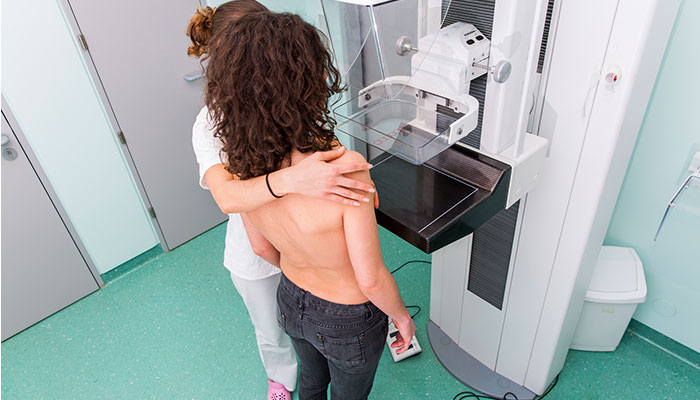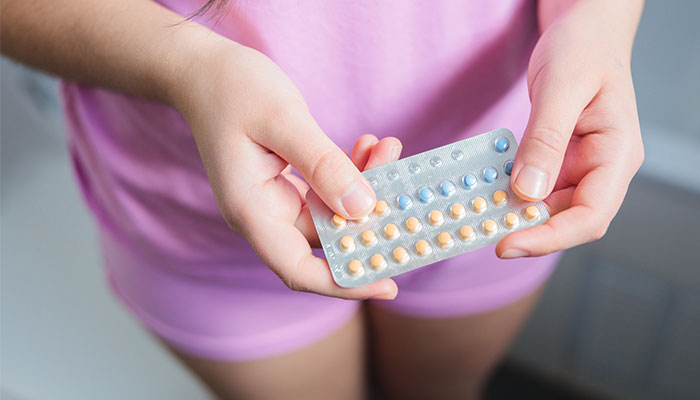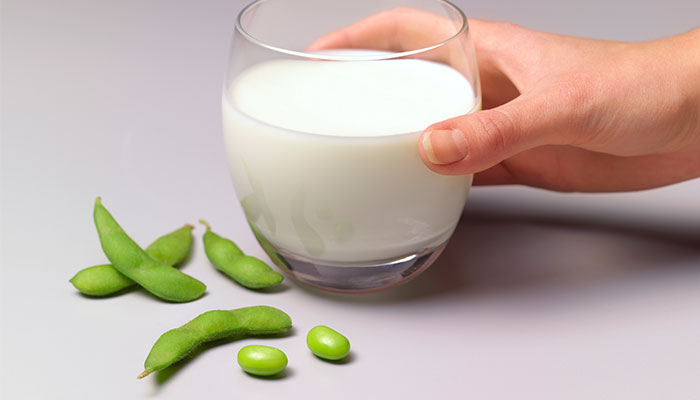There is nothing you can do to prevent breast cancer
Some lifestyle factors can increase the risk of breast cancer. Limiting alcohol, not smoking, eating a balanced and healthy diet, and getting enough exercise help reduce your risk of all types of cancer, including breast cancer. Conducting regular breast self-checks, having regular mammograms from the age of 50, and promptly investigating any changes in breast tissue are all vital measures that improve the chance of diagnosing cancerous changes as early as possible.
Only older women need to worry about breast cancer
Women between the age 65 and 75 have the highest incidence of breast cancer in Australia, and age is a risk factor for breast cancer, for example a 50-year-old woman’s risk of developing breast cancer is 10 times higher than that of a 30-year-old woman. However, breast cancer can and does affect women of all ages. Although one per cent of breast cancer cases are in women aged 20 to 39, it remains the most commonly diagnosed cancer in younger women. This makes it vital that women of all ages perform regular breast self-checks and consult their doctor if they notice any changes.
Having a mammogram could burst a tumour and cause cancer to spread

Having a mammogram involves compression of the breast, which allows for the separation of the breast tissue to reveal abnormalities. Breast compression during a mammogram is not associated with either causing breast cancer or causing its spread. Mammograms are extremely important as they allow for early detection and diagnosis of breast cancer before symptoms appear. Early breast cancer diagnosis is associated with improved outcomes, and in Australia, the five-year survival rate of patients who are diagnosed early is 98 per cent.
Breast cancer is genetic
About five to 10 per cent of women who develop breast cancer have one of the BRCA gene mutations, while women with a moderate-to-high risk of developing breast cancer based on family history alone represent only about five per cent of the female population. The vast majority of breast cancer occurs in women without a known gene mutation nor significant family history of breast cancer.
Everyone with the BRCA1 or BRCA2 gene mutation will get breast cancer
Having a BRCA gene mutation is associated with a higher risk of developing both breast cancer and ovarian cancer. Depending on the type of BRCA gene mutation, the risk of developing breast cancer by age 70 can be as high as 45-85 per cent.
People with a BRCA gene mutation undergo close breast surveillance from the age of 25. In consultation with their genetic counsellor and breast surgeon, they consider strategies to reduce their risk of cancer, including medication therapy or risk-reducing mastectomy and breast reconstruction.
Taking the oral contraceptive pill increases your risk of breast cancer

Population-based evidence from Europe suggests the oral contraceptive pill may be associated with a slightly increased risk of breast cancer. The research suggests that this risk increases in women older than 35 and/or with longer use of the pill. However, the overall risk is small, accounting for about one extra case for every 7690 women using the pill for one year.
Access to safe and effective family planning strategies and the effective management of menstrual concerns are both important considerations. Every woman should discuss the matter with her general practitioner or gynaecologist, to make the best decision based on her risk profile and health goals.
Deodorants cause breast cancer
While some previous studies did suggest deodorants containing parabens and/or aluminium compounds could be associated with increased breast cancer risk, there is no reliable evidence that there is any link.
Women are asked not to wear deodorant to mammogram appointments simply because the aluminium they contain can appear as white spots on the film, complicating the correct assessment of the image.
Only women get breast cancer
Men have a small amount of breast tissue and because of this, can develop breast cancer. About one in 500 Australian men are affected, and risk factors include age, a significant family history of breast cancer, BRCA gene mutations, and hormonal imbalances.
The symptoms are the same for both sexes and can include lumps in the armpit or chest wall, changes in skin colour, thickening or dimpling of the skin, nipple discharge, and change in the appearance of the nipple.
Most men are not aware these symptoms may be due to breast cancer, leading to late diagnosis when the cancer is already advanced. Early diagnosis leads to better outcomes for men and women alike, making it important for men to see their GP if they notice any of these changes.
Sugar/soy/dairy foods increase your risk of breast cancer

Sugar itself does not cause breast cancer to develop or grow. It is important to reduce or limit sugar intake, though, as it can contribute towards weight gain and high BMI, which in turn increases the risk for a range of cancers.
Soy foods do contain plant oestrogen, but not in high enough levels to increase the risk of breast cancer. One or two servings a day of whole-soy foods such as tofu, soy milk or edamame will not increase risk.
Research on dairy intake and breast cancer is inconsistent. Some findings suggest there is an increased risk, while others suggest a protective benefit. Cancer Australia supports the proven health benefits of dairy foods, which outweigh unproven harms.
With all types of food, balance and moderation are important in defining a varied and nutritious diet that promotes healthy living.
Getting breast cancer means you will also get lymphoedema
Lymphoedema is the build-up of lymphatic fluid, commonly in the limbs, but potentially also in other parts of the body. The condition causes swelling, and can be painful and debilitating, but it is treatable. In cancer patients, it is associated with the loss during treatment of some or all of the lymph nodes in the armpits or groin.
Developing lymphoedema after the loss of lymph nodes is not a given. Up to 30 per cent of cancer patients who have lymph nodes removed do go on to develop the condition, but with regular monitoring, therapy, and the use of pressure garments, its effects can be minimised.
Vigorous exercise can cause lymphoedema or make it worse
People with lymphoedema can find exercise challenging, especially if the condition has not been treated effectively. Exercise is an important in promoting good health, including maintaining a healthy weight, strong bones, good mental health, and quality of life. It does not cause lymphoedema in people who are at risk, and it does not worsen it in people who have already developed it. Oncology physiotherapists are specially trained physiotherapists who work with cancer patients during and after treatment to help reduce pain and treatment side effects, and regain physical strength.
Flying after lymph node surgery will cause lymphoedema
Flying can be of concern for people at risk of developing lymphoedema, but there are precautions that can reduce the risk. These include wearing compression garments during the flight, moving around regularly on the plane, preventing infection, and avoiding trauma to the affected limb in the form of bumping, jostling or carrying heavy baggage.
If it has been five years since your lymph nodes were removed, you will not get lymphoedema
Unfortunately, lymphoedema can develop at any time after lymph node removal. However, regular monitoring of the at-risk limb/s using the latest monitoring methods can detect lymphoedema-related changes very early, allowing intervention to begin immediately.
Dr Negin Sedaghat is a specialist breast surgeon and surgical oncologist with consultation suites at the MQ Health Clinical Care Centre.
Dr Vincent Singh Paramanandam is an oncology and musculoskeletal physiotherapist and post‑doctoral research fellow at the Australian Lymphoedema Education Research and Treatment (ALERT) Program at Macquarie University.



